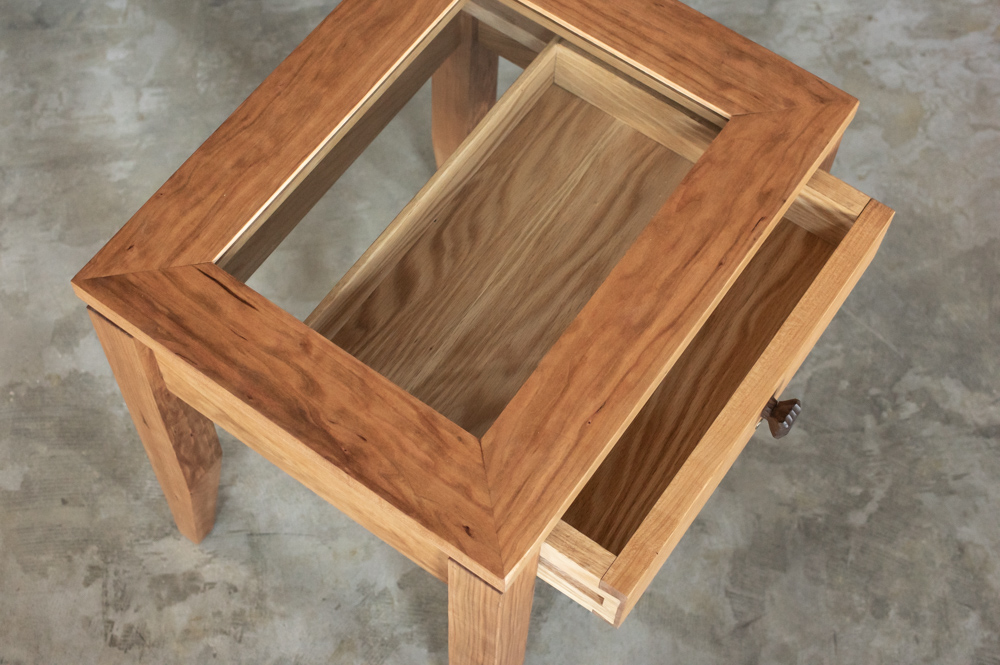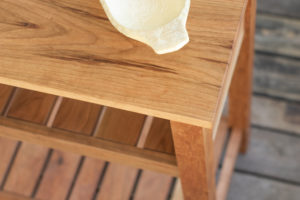Secret advisors tell me not to be transparent, but I feel like I should. And, transparency means education because it’s easy to get the wrong idea. Sometimes this stuff is obvious but it often goes unsaid, so here’s a little info about small businesses.
A typical pricing system goes something like this:
- 10% materials cost
- 15% overhead cost
- 25% time
- 50% sales
In this example, the pay that a craftsman receives for their time is about 25% of the total price.
undercharging is very common
Some craftsmen will remove the sales cost to be competitive against low-cost manufacturing, typical of people selling direct at craft markets. Their time spent selling at the market is unpaid, and their market base is very limited.
Some craftsmen will remove material and overhead cost along with sales cost, which means they are doing the work for free. These craftsmen have an alternative income source (or they are retired) creating a reduced perceived value of quality goods.
50% cost going to sales is pretty standard. An artist or craftsman will sell through various retailers charging 50% for bigger market reach. Without reaching a wide audience, the craftsmen will never make enough to survive. If the craftsman chooses to sell direct, this still costs time and money which is covered by this 50% margin.
Most makers simply feel guilty for charging what their work is worth (including myself) so they charge below market value.
hourly rate is not the same as hourly wage
A business hourly rate is not a good indicator of how much someone makes. A small business or self-employed craftsman has an hourly wage that must cover time running the business (which is otherwise unpaid time), plus they pay more taxes for being self-employed or having employees. However, they might also have a lower overhead cost or profit margin than bigger companies to balance things out.
Small business kindness
Self-employed craftsmen usually have a conscience (especially woodworkers, speaking for others if I may); they prefer to be kind to customers, which means they are easy to take advantage of. Big companies have a ‘policy’ decided on by people “at the top” as part of a marketing campaign to help the company make more money. This is not genuine kindness.
I like to share the effort put into each piece by listing the hours spent building each design. With other companies getting so big, low-cost manufacturing & “disposable” designs like “fast furniture”, it’s a difficult competition for small business in any industry. I have never met a craftsmen getting rich off their sales, and the effort put into each piece is just as much as the next.
I have heard that the number of small businesses is directly proportional to the community and economic wellness. Please support your local makers & businesses, rely on them even, because we will all be better off for it.





